Jeff Bursey
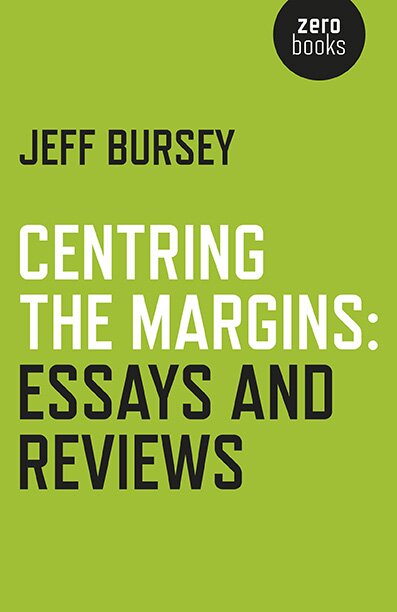
Centring the Margins: Essays and Reviews
To read the reviews, click here.
Images courtesy of publisher, copyright owner
William Vollmann
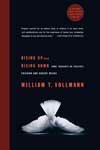
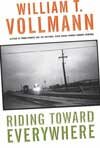
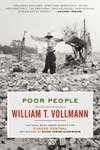
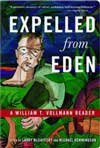
"A realm forever beyond reach":
William Vollmann's
Expelled from Eden and
Poor People
This article appears on Electronic Book Review (22 January 2008). To read the Introduction, click here.
Images courtesy of publisher, copyright owner
William Gaddis
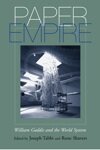
Paper Empire: William Gaddis and the World System
eds. Joseph Tabbi and Rone Shavers (University of Alabama Press: Spring 2007)
Contains a co-authored paper titled �Cognitive Gothic:
Relevance theory, iteration, and style.�
This essay has been used in a recent thesis.
Here's a link to a pdf of the thesis; be warned that there will be an immediate download:
http://researcharchive.vuw.ac.nz/bitstream/handle/10063/321/thesis.pdf?sequence=2
Images courtesy of publisher, copyright owner
Blaise Cendrars
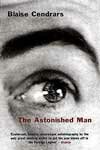
"Preface" to The Astonished Man by Blaise Cendrars
pp-iv (London: Peter Owen, 2004).
The publisher commissioned the preface.
Visit www.peterowen.com/pages/nonfic/aston.htm
Image courtesy of publisher, copyright owner
Here are some reviews of the book: The Review of Contemporary Fiction, Scarecrow, an online journal, The Boston Globe

Blaise Cendrars
Published in The Review of Contemporary Fiction, Volume XXIV, No. 1 (Spring 2004), pp. 58-93. Visit dalkeyarchive.com/catalog/show_review/73
This is a scholarly overview and analysis of the prose works of Blaise Cendrars (1887-1961) with a brief biographical component.
Image courtesy of publisher, copyright owner
Henry Miller
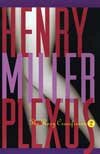
"That Crude Mixture": How Theater Gives Shape to Plexus
Published in Nexus: The International Henry Miller Journal,
Volume 4, No. 1 (Winter 2007), pp.105-119.
Visit http://nexusmiller.org.
Image courtesy of publisher, copyright owner
Abstract
The bulk of criticism devoted to the literary aspects of Henry Miller's fiction usually deals with familiar, and broad, topics: realism, surrealism, imagery, sexual content, and the depiction of characters. Additionally, scholars usually concentrate on Miller's early novels, expressing relatively little interest in his last fictional work, The Rosy Crucifixion, an unfinished trilogy. Miller criticism has ground to make up. This paper attempts to move scholarship forward by rereading one book of the trilogy and showing its previously undiscovered, yet very definite, structure. A careful examination of Plexus, the second book, and Sexus, the first book, reveals the organizing device Miller uses to contain the disparate material in Plexus.
I argue that the form of Plexus is a combination of vaudeville and burlesque. Evidence is plentiful within the text for such an interpretation: the deliberate set pieces, the numerous references to acting, and the narrator's professed fascination with the stage. Significantly, Plexus' form is foreshadowed in the carefully written second last chapter of Sexus.
Plexus, then, is not, as many critics charge, shapeless or uninteresting. Instead, it is a mixture of media, a literary variety show with the narrator in the role of comp�re. Far from writing in a sloppy manner, or lazily reconstituting memories of his youth, Miller artistically works out a structure that best showcases the variety of performances -- fables, adventures, comic skits, melodrama -- which is his primary material. Until now, Plexus' debt to the theater has been overlooked.
Image courtesy of publisher, copyright owner
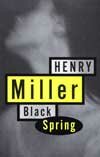
Carrollian Nonsense Prose
in Henry Miller's "Jabberwhorl Cronstadt"
Published in Nexus: The International Henry Miller Journal,
Volume 1, No. 1 (Fall 2003), pp.23-43.
Visit http://nexusmiller.org.
Abstract
Black Spring, Henry Miller's second major publication, is often treated in a somewhat cursory fashion by scholars. Instead of subjecting the fiction to a consistently close reading, many critics recapitulate its contents and give the plot of each piece, when present, while others regard the book as a form of biographical writing. Though work has been done on "The Angel Is My Watermark!" and "The Tailor Shop," there are few adequate explorations of the eight other pieces. "Jabberwhorl Cronstadt," while not neglected, has not been examined at its roots, on the word level, where hidden meanings reside, and in that respect this paper sharply departs from previous criticism.
The argument begins with a sketch of the thematic and aesthetic role "Jabberwhorl Cronstadt" fulfils in Black Spring. From there the essay moves into the piece's similarities with Lewis Carroll�s wordplay, to reach the point where the text�s language becomes the focus. Through denotative analysis of one illustrative passage a deliberately constructed yet previously unseen message is revealed, one of sickness leading to death, which rests in what look like random notes filled with odd words and nonsense phrases. This discovery opens a window into the piece�s full implications.
Far from being, as many regard it, a sunny word painting of Miller's friend, the poet Walter Lowenfels, or, alternately, a whimsical exercise in word games, "Jabberwhorl Cronstadt" is a darker and more pregnant work than commentators have recognized. It is the aim of this essay to explicate a subtle and insufficiently analysed work by a skilful United States modernist.
Image courtesy of publisher, copyright owner
Buzz & Platinum PEI
The Buzz is a local monthly arts newspaper. Platinum P.E.I. focuses on local businesses.
All articles were solicited by the publication or the subject.
"Local Initiative"
- an article on Louise Vergnano, owner of The Reading Well Book Store and Bohemian Literary Society (March 2004)
"Having a blast" and "Falling in love"
- Articles on the Prince Edward Island Symphony Orchestra, featuring Paul Merkelo (trumpet); and a Valentine's Day concert in
Summerside PEI (February 2002)
"Lots of grog in the jar"
- Article on The Olde Dublin Pub, a venue for live music in
Charlottetown PEI (February 2001)
"backalleydisks.com"
- Article on Back Alley Discs, a record store in Charlottetown
(November 2000)
"The Reading Well Bookstore"
- in Platinum P.E.I. Volume 1, no. 1
(December), p.30 profile)